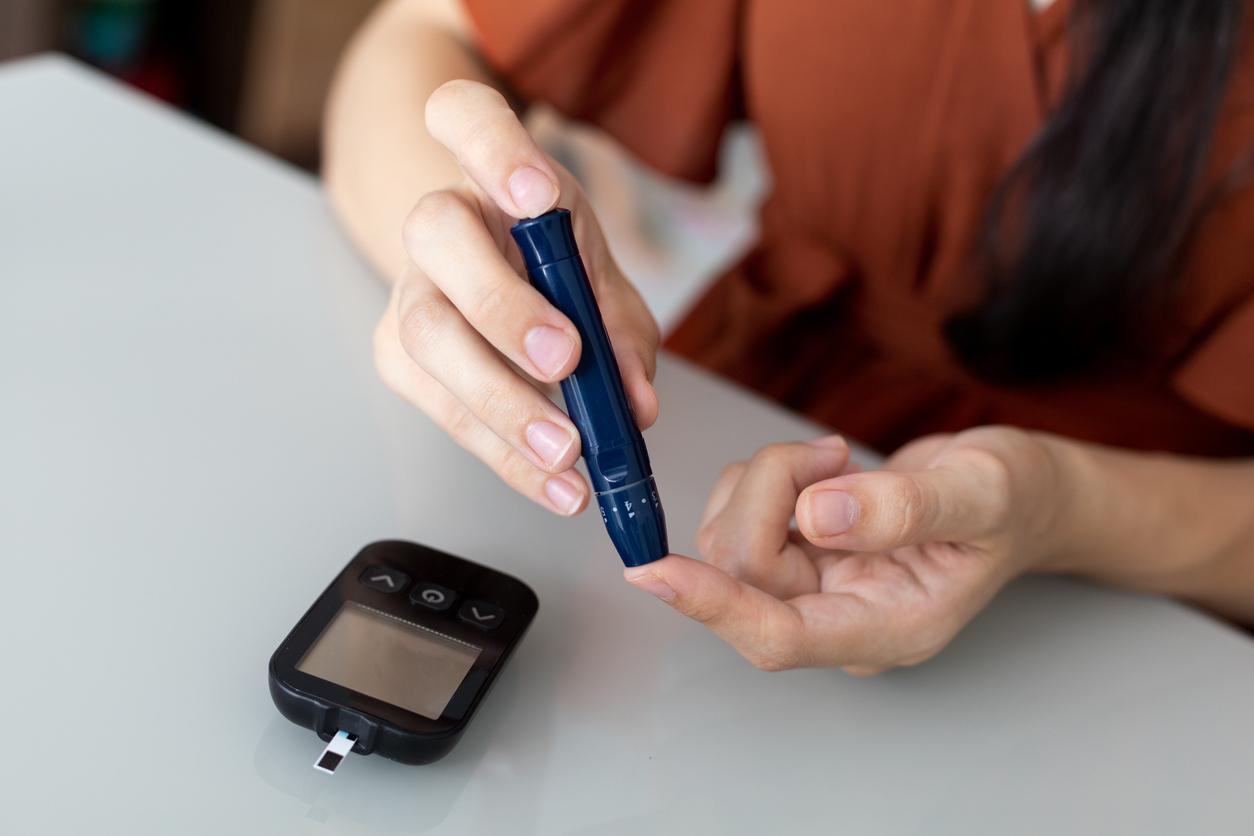Thanks to medical imaging, artificial intelligence allows earlier detection of diabetes.

- Diabetes corresponds to a lasting excess of the concentration of glucose in the blood (hyperglycemia).
- A new tool based on artificial intelligence makes it possible to detect diabetes earlier by analyzing chest X-rays.
- The artificial intelligence model was developed using more than 270,000 x-ray images from 160,000 patients.
A new artificial intelligence-based tool can detect diabetes earlier by analyzing chest X-rays, according to a new study published in the journal NatureCommunications.
270,000 x-ray images
The artificial intelligence model was developed using more than 270,000 x-ray images from 160,000 patients. It identifies the image features that best predict a later diagnosis of diabetes. With this tool, doctors may be able to spot early warning signs of diabetes in patients who have had chest X-rays done for other medical reasons.
Every year, millions of people get chest X-rays for different medical reasons, such as chest pain, breathing difficulties, injuries, or before surgeries. These images are then integrated into the patient’s medical file.
Location of fatty tissue
“The methods indicated that the location of fatty tissue was important in determining risk, a logic that aligns with recent medical findings that visceral fat in the upper body and abdomen is associated with type 1 diabetes. 2, insulin resistance, hypertension and other conditions”, details the press release associated with the new research.
“Diabetes is a chronic disease where the distribution of body fat is important. The longer the duration of the disease, the worse the glycemic control and the higher the risk of complications”explained in Health Magazine Francisco Pasquel, associate professor in endocrinology. He adds : “The approach of using chest x-rays to identify those most at risk for diabetes, even before a spike or drop in blood sugar levels occurs, is a promising method that can help improve outcomes through preventive measures or early treatment”.
A public health issue
According to figures from Public Health France, the prevalence of diabetes treated with medication was estimated at 5.3% of the population in 2020.
Diabetes corresponds to a long-lasting excess of the concentration of glucose in the blood (hyperglycemia). In the case of type 2 diabetes, this phenomenon is caused by a disturbance of carbohydrate metabolism. If it appears gradually and insidiously, the disease has serious, even fatal, long-term consequences.
















